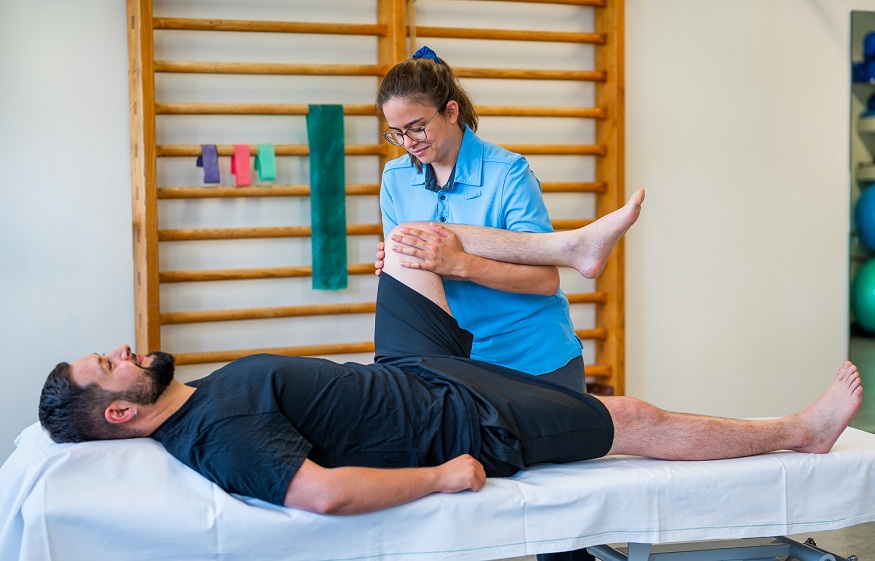It’s the weekend. You have almost finished your jogging route. The day is splendid and the training is going wonderfully. As you step off the sidewalk, you feel something wrong with your left calf. You keep running, then think it wiser to walk home.
Three days later, the calf pain is still there. You need to see a specialist, but which one?
A physiotherapist might be a good option. After examining your injury, they will be able to make a diagnosis and offer you a treatment plan. We spoke with Bruce Stewart, physiotherapist and owner of Fit Physiotherapy in Leth bridge, Alberta, to find out when and why to see a physio.
What exactly does the physiotherapist do?
The physiotherapist plays several roles in our health system. It helps, among other things, to restore mobility and functional abilities. Through a variety of therapies and exercises, he works with you to reduce pain and help you get back to your activities.
According to the Canadian Physiotherapy Association , there are over 20,000 licensed physiotherapists in the country. All of them have undergone several years of training which authorizes them to provide safe and effective care.
Both specialists help you move more freely and painlessly. Chiropractors often treat bone and joint problems, while physiotherapists deal more with soft tissues.
“You have to see your physio as a specialist in movement, explains Bruce. We analyze how you move to make you move better. Our treatments combine manual therapy and exercises. We can also show you how to prevent injuries.”
What types of injuries should you see a physiotherapist for?
A physiotherapist can treat almost any type of injury: to the legs, arms, neck or torso. It can also relieve chronic pain, such as migraines or lower back pain.
Bruce points out that education is often the key to treatment. He must clearly explain the exercises to be done and show how to balance the efforts during fitness. More importantly, the physical therapist can teach you how to prevent the problem from coming back.
How do you know it’s time to see a physio?
If an injury doesn’t heal after two or three days, or if the pain or swelling is severe, consider seeing a physical therapist. You can also consult your doctor who can refer you to a physio. In some cases, the longer you wait before starting treatment, the longer it will take to recover.
“The body is a marvel, its healing capacity is phenomenal. But some wounds don’t heal on their own, says Bruce. With good therapy, exercises and teaching, you often come back to almost 100% of your abilities, and much faster.”
Are there exercises to do at home?
Bruce gives exercises to almost all of his patients. Even if they only last a few minutes a day. The goal is to see your physio less and less as you progress at home.


















+ There are no comments
Add yours